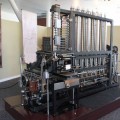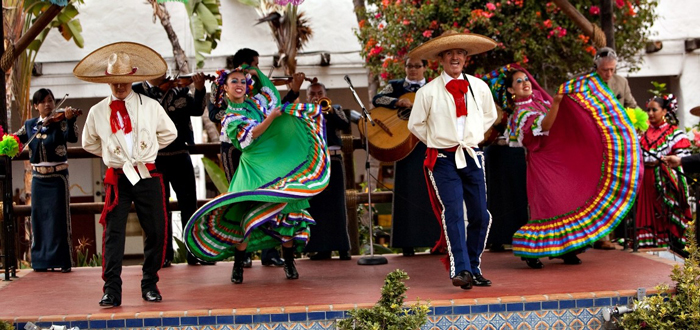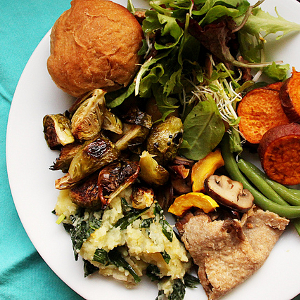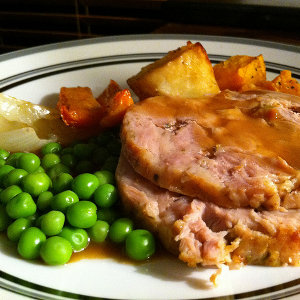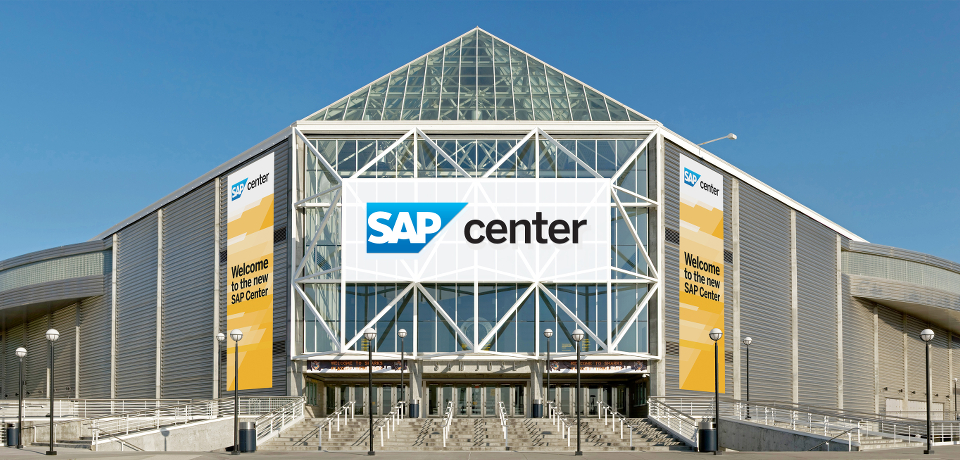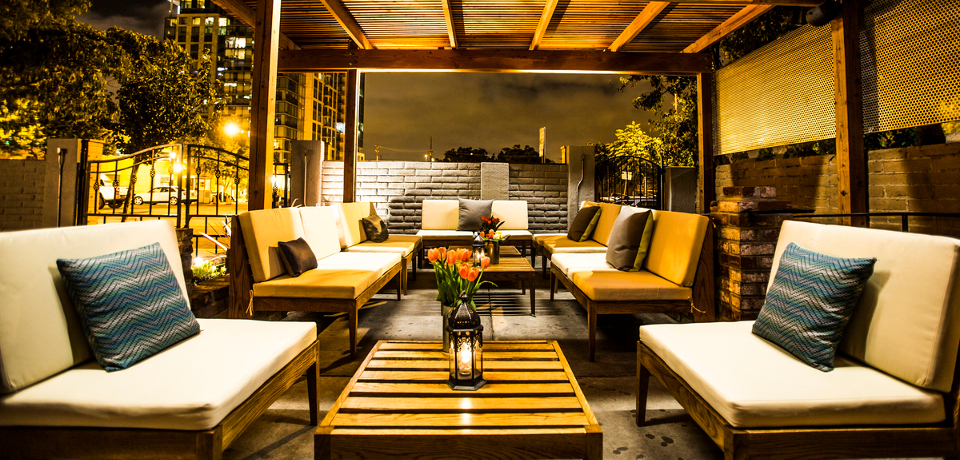If mathematician and computer scientist Maria Klawe learned one thing while battling her way up through the ranks of the male-dominated fields of academia and high tech, it’s that it doesn’t pay to stand out—at least not until you’ve earned your stripes.
She learned that lesson as a graduate math student at the University of Alberta, after putting on a small exhibit of her artwork.
“I was already weird because I was female,” she says, recalling her experience working toward a math PhD in the mid-’70s. “And, it felt like being an artist as well was too much weirdness for my career to tolerate.”
And so she decided to keep her artistic ambitions a secret for another 15 years. She finally threw herself a “coming out” party for her 40th birthday—displaying some of the best work she’d been keeping secret.
“After people begin to believe that what you contribute is valuable, then the fact that you have this other weird stuff about you is actually a plus, not a minus,” Klawe says, explaining that by the time she’d turned 40 she felt she had sufficiently established herself as a mathematician and academic.
Since then, she’s only grown in stature. She’s been a department manager at IBM’s Almaden Research Center in San Jose, served as Dean of Engineering at Princeton University, and in 2006 Klawe began her tenure as the first female president of Harvey Mudd College. And yet, she says, “The vast majority of people who know me as a computer scientist, probably don’t know I’m a painter.”
She hopes to spread the word of her passion for painting over the next two months with an exhibit of her watercolors—on display at Mountain View’s Community School of Music and Arts through March 29. Klawe will discuss the intersection of art and science in a Feb. 26 talk—“My Double Life: From Artist to Mathematician and Back”—at the CSMA.
Klawe approaches her art as a mathematician—looking for patterns and complex structures in the world around her. “I like to find the abstractions in things that are natural,” she says.
Recently, she’s tapped into the organic forms of snow-laden trees, a swirling flock of terns, and the sprawling Ganges River delta, creating vibrant, whimsical compositions that enhance the inherent beauty of her subjects.
For Klawe, math and art are similar pleasures. “In both cases, it’s not something that happens overnight, it’s many hours of work,” she says. “You’re exploring things, you’re trying things, and then usually something cracks, and you start to see a path.”
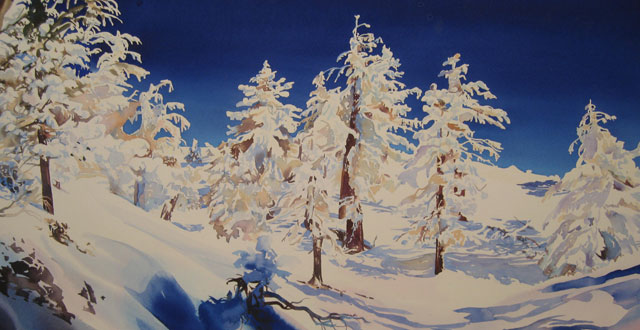
 Broadway San Jose Announces Season Lineup
Broadway San Jose Announces Season Lineup 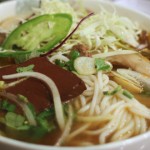 Pho Kim Long Delivers Great Vietnamese Soups in a Hurry
Pho Kim Long Delivers Great Vietnamese Soups in a Hurry 